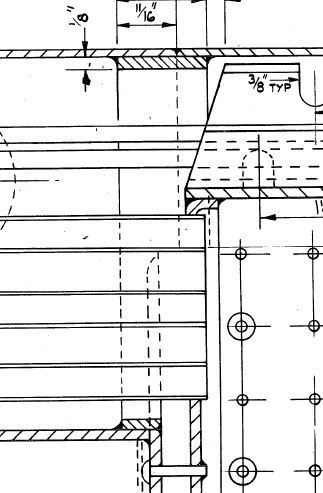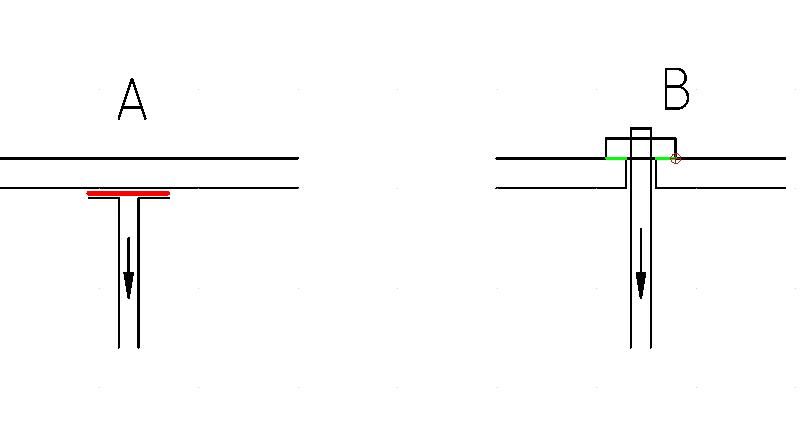Duncan when talking about butt straps I have only said it is not preferred by many boiler inspectors and a full wrapper in now what tends to be used particularly as it is brazed, this is born out by what reeves have said and supplied. 7.1 Actually says butt straps on barrel joints not wrappers.When mentioning that there are parts of the code it does not meet that has been separate from the joint issue and confirmed today as the gauge feed. No change of tack, just two separate issues you have treated as one.
Bob I really worry about you building this boiler, the other day I pointed out the way the throatplate on the Minnie is constructed and you had miss read that. I have the book and the drawings you mention and they are NOT the same there are some subtle differences not least the 13swg you have already said the design drawing show yet the book shows 10swg on one page and 13swg on another
I suggest you also read the first few paragraph of the Copper Boiler chapter where Haining lists the changes from his 1962 design and what he now (1982) suggests doing
Another thing that you may fall foul of if you merrily carry on without talking to an inspector is that the Drawings and book have failed to show the blowdown valve boss and there is also no provision for washdown holes. The Magazine article does show a blowdown.
As Said a propane torch can melt copper, I know of two builders of the 2" Fowler A7 who managed to burn/melt the fire tubes effectively scrapping the boilers, a problem as the tubes are thinner than the plates so heat up faster and if you go with your thick unflanged plates even more likely to happen.
Please don't "just copy" another design for a much smaller boiler with a lower 50psi working pressure, Do the calculations or if you can't talk to a boiler inspector. If you can't get to a club at the moment then work on some other parts of the engines until you can, they should want to see it during construction anyway not just when complete.
KWIL.




 and have always used this method whit great success. I recommend that you by a book by Alec Farmer title, Model Locomotive Boilermaking. I met him when I made a trip to UK 1988 and was invited to his workshop and got a signed copy from him. He was very skilled, and I think you should read his book.
and have always used this method whit great success. I recommend that you by a book by Alec Farmer title, Model Locomotive Boilermaking. I met him when I made a trip to UK 1988 and was invited to his workshop and got a signed copy from him. He was very skilled, and I think you should read his book.

